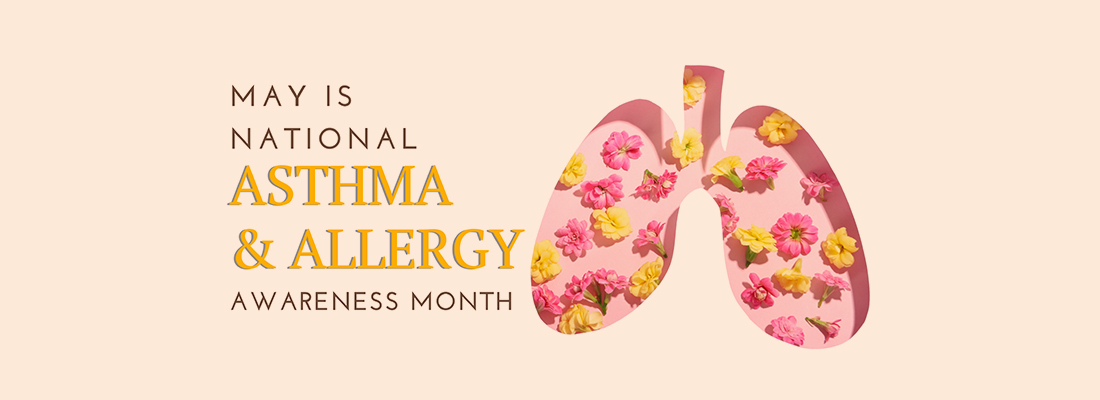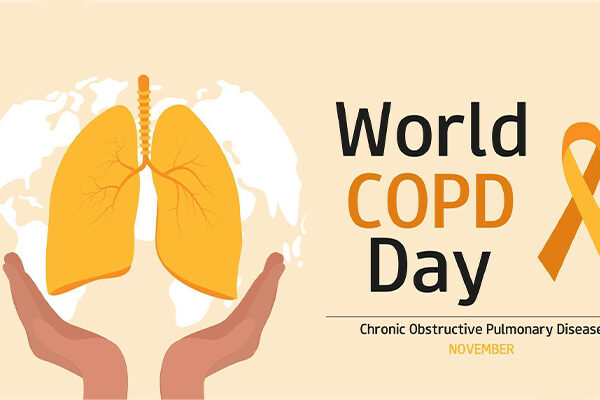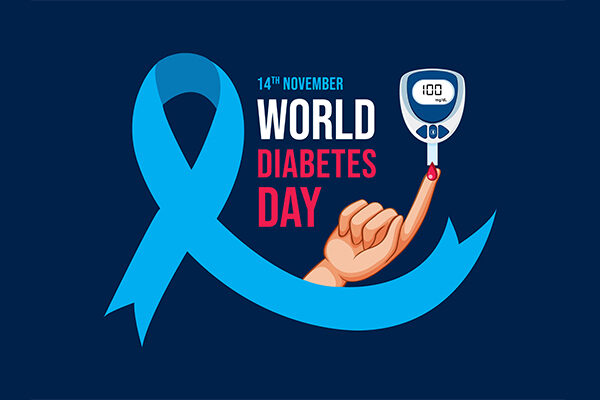
Key Takeaways:
- May is National Asthma and Allergy Awareness Month.
- Asthma affects over 25 million people in the U.S.
- Common triggers include pollen, smoke, and dust mites.
- Get involved with Allergy & Asthma Network events.
- Learn practical management tips for asthma and allergies.
A Real Story of Breathlessness Turned Empowerment
In the spring of 2016, 9-year-old Emily from Ohio was rushed to the ER after a severe asthma attack triggered by seasonal pollen. Her parents had no idea the lush blooms of May could pose such a life-threatening risk. Fast-forward to today: Emily, now 18, is a vocal advocate during National Asthma and Allergy Awareness Month, helping others recognize and manage their symptoms before it’s too late. Her journey underscores the importance of awareness, early intervention, and education.
What is National Asthma and Allergy Awareness Month?
National Asthma and Allergy Awareness Month is observed each May, a peak season for asthma and allergy sufferers. Initiated to raise awareness, improve diagnosis, and promote effective management, this month-long campaign spotlights the millions affected by these chronic conditions.
The initiative is supported by healthcare professionals, patient advocacy groups, and organizations like the Allergy & Asthma Network, working together to reduce emergency room visits and improve quality of life through education and outreach.
History of National Asthma and Allergy Awareness Month
Launched by the Asthma and Allergy Foundation of America (AAFA) in 1984, National Asthma and Allergy Awareness Month was created to address rising cases of respiratory issues during spring. The timing isn’t coincidental pollen counts soar during May, triggering allergic reactions and asthma attacks for countless Americans.
Since its inception, this observance has expanded to include digital campaigns, school education programs, community health fairs, and policy advocacy. It serves not only as a time for awareness but also action.
What is Asthma?
Asthma is a chronic respiratory disease characterized by inflammation and narrowing of the airways, making breathing difficult. It affects over 25 million Americans, including 4.2 million children.
Common Symptoms:
- Shortness of breath
- Wheezing
- Chest tightness
- Coughing, especially at night
Common Triggers of Asthma
Understanding triggers is crucial to managing asthma effectively. During National Asthma and Allergy Awareness Month, education on these triggers takes center stage.
Common Asthma Triggers Include:
- Pollen: Pollens are a leading cause during spring
- Dust mites: Found in bedding, carpets
- Pet dander: From cats, dogs, and rodents
- Mold: Thrives in damp environments
- Smoke: Cigarette smoke and wood-burning stoves
- Air pollution: Including ozone and particle pollution
Awareness and mitigation strategies, like using HEPA filters or avoiding outdoor activities on high pollen days, are actively promoted during the month.
What Are Allergies?
Allergies occur when the immune system reacts to a foreign substance like pollen, bee venom, or food as though it were a threat.
Types of Allergies
- Seasonal allergies: Often caused by pollen
- Food allergies: Reaction to nuts, dairy, etc.
- Drug allergies: Reactions to medications
- Skin allergies: Eczema or contact dermatitis
During National Asthma and Allergy Awareness Month, healthcare providers emphasize allergy testing and treatment to reduce complications.
Managing Asthma and Allergies
Management is multifaceted, involving lifestyle changes, medication, and education.
Tips for Managing Asthma and Allergies:
- Create an action plan: Work with a healthcare provider.
- Monitor symptoms: Use peak flow meters or allergy logs.
- Medication adherence: Use prescribed inhalers and antihistamines.
- Avoid known triggers: Keep indoor air clean and monitor pollen forecasts.
- Emergency preparedness: Carry rescue inhalers and epinephrine if needed.
Programs during National Asthma and Allergy Awareness Month often offer free screenings and resources to help with these steps.
How to Join the Allergy & Asthma Network in Celebrating
The Allergy & Asthma Network, a leading nonprofit organization, invites individuals and communities to participate in various events during National Asthma and Allergy Awareness Month. Here’s how you can get involved:
Ways to Participate:
- Virtual Educational Webinars: Free online sessions with experts.
- Social Media Campaigns: Use hashtags like #AsthmaAwarenessMonth to share stories.
- Fundraisers and Walks: Support research and patient services.
- Advocacy: Contact lawmakers about better asthma and allergy policies.
- Resource Distribution: Share brochures, flyers, and infographics in schools or workplaces.
Your participation amplifies the voice of those affected and helps fund critical research and support services.
Frequently Asked Questions
Why is May chosen as National Asthma and Allergy Awareness Month?
May is when seasonal allergens peak, making it ideal for raising awareness and educating the public.
Who is most affected by asthma and allergies?
Children, the elderly, and people with compromised immune systems are more vulnerable.
How can I tell if I have asthma or just seasonal allergies?
Consult a healthcare provider. Asthma involves lower respiratory symptoms like wheezing, while allergies often affect the eyes, nose, and throat.
Are asthma and allergies curable?
No, but they are highly manageable with the right treatment and avoidance strategies.
Conclusion
National Asthma and Allergy Awareness Month isn’t just a calendar event it’s a lifeline for millions. It bridges the gap between diagnosis and daily management, while encouraging open conversations about symptoms, triggers, and treatments. Whether you are someone who suffers from asthma, supports a loved one, or simply wants to contribute to the cause, May offers countless opportunities to engage and educate.
As we raise awareness, remember Emily’s story. What began as a frightening health scare became a platform for change. May is more than a month—it’s a movement toward healthier, informed lives.





